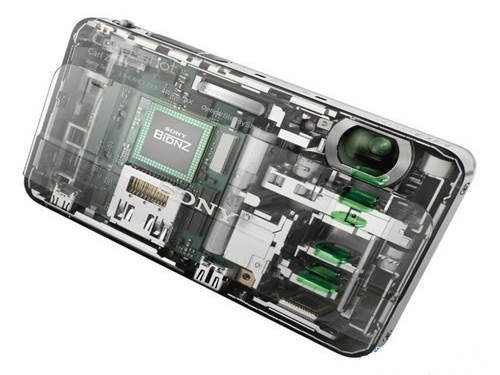- 1
- 2
NEWS INFORMATIONProduct Search 
|
News Details
Home>
News Details
Will the mobile phone market be dominated by Japanese parts factories?
Category: Company News
Date: 2015-07-18
Click: 2878
Author:
Collection:
Original Link: displaynews.html?id=3352384673350464
The market share of mainland mobile phone manufacturers continues to grow, but there are still fatal shortcomings. Compared with other manufacturers, the number of Sony's CIS components is limited.
The market share of mainland mobile phone manufacturers continues to grow, but there are still fatal shortcomings. That is, mainland mobile phone manufacturers rely excessively on Japanese electronic components, especially Sony's image sensing components (CIS), which are growing but not enough for the market. Many mainland mobile phone manufacturers will not be able to order in May 2015. Sony has been investing in the research and development of CCD and CMOS photosensitive components for a long time. It is the leading technology in consumer electronics. In particular, the global market share of photosensitive components for mobile phones is about 33% in 2013 and 40% in 2014. Sony is the largest manufacturer in the world. Sony claims to be one to two years ahead of other manufacturers in technology in related fields, not all of them are Lao Wang selling melons. Since the launch of Apple's iPhone, Sony's CIS components have been ordered in large quantities. Compared with other manufacturers, the number of Sony's CIS components is limited. When the annual shipment of mainland mobile phone factories is only about 1 million units, the problem of dispatching is not serious. Once more than 10 million units are broken through, the problem becomes serious. Sony, of course, knows that CIS components are in short supply in the global market. Market share reflects the capacity limit of the plant. As long as the market share increases, it can rise. So Sony actively invests in expanding production lines. It will invest about 40% of the company's equipment investment in fiscal year 2015 (2015/34-2016/3), equivalent to 210 billion yen (about 17 billion yen). Billions of dollars, all on the expansion of CIS's production line. If the monthly production capacity of Sony's CIS components is converted into 12-inch wafers, it will be about 60,000 by 2015. After investment, it is expected to increase to 87,000 by 45% in September 2016. Whether the CIS components will meet the market demand by that time is still unknown, but the shortage of components is obviously not solved. Whether Luchang wants to change its supply or reduce its production has become a difficult problem. However, it is not only Sony's CIS that mainland mobile phone manufacturers rely on. When Japanese electronic component manufacturers publish their fiscal year 2014 earnings, they almost never forget to mention the surge in mobile phone shipments in mainland China, which in turn means that mainland mobile phone manufacturers rely heavily on Japanese electronic component manufacturers. Although the Japanese mobile phone factory has failed in the market, it still has the strength that can not be ignored in the aspect of components. Next: No information found
Say something
Submit
Latest comment
|









